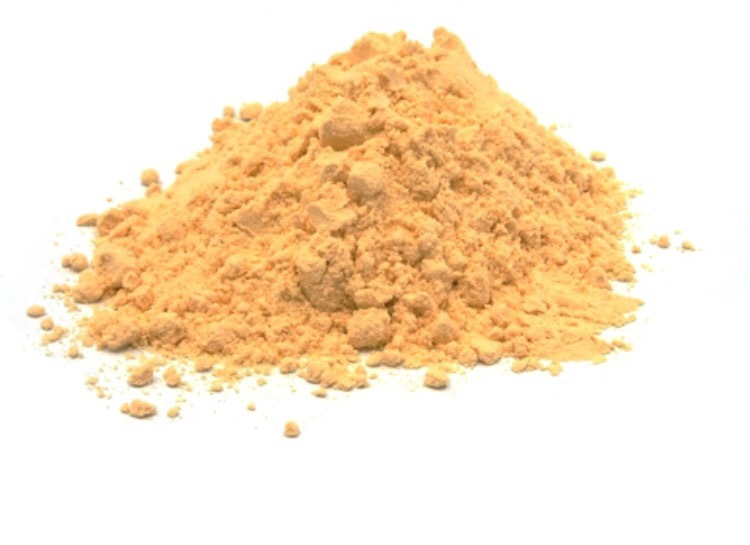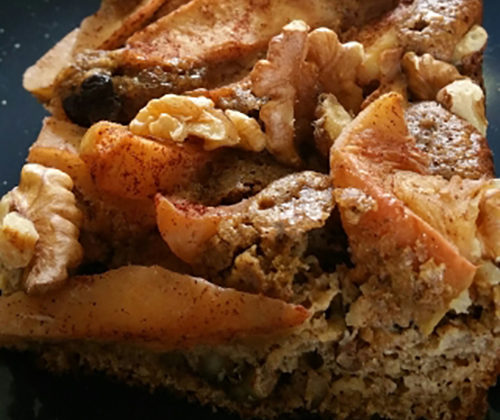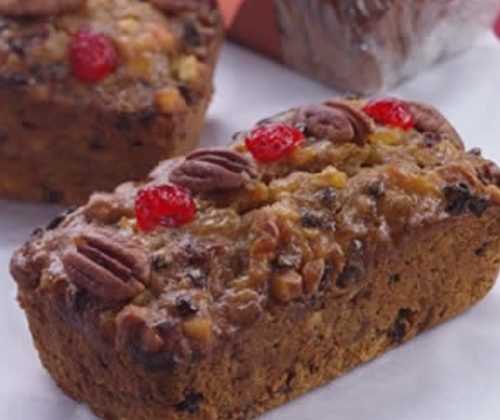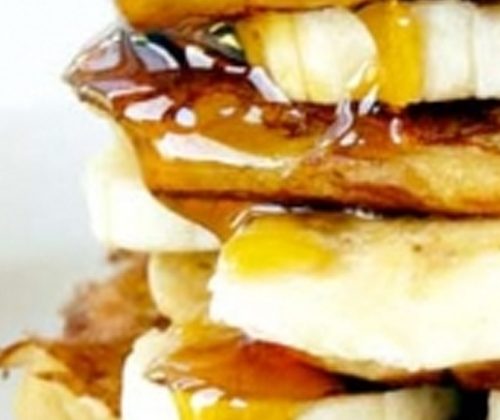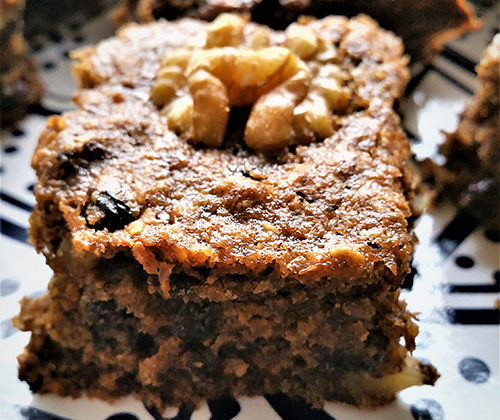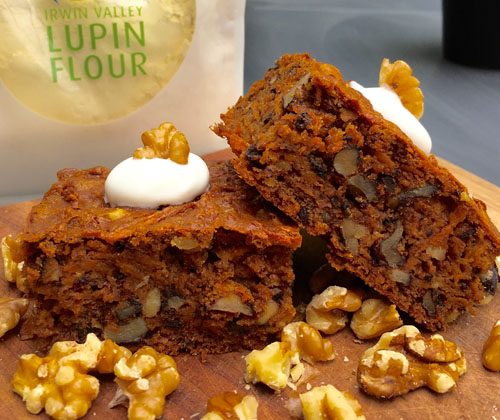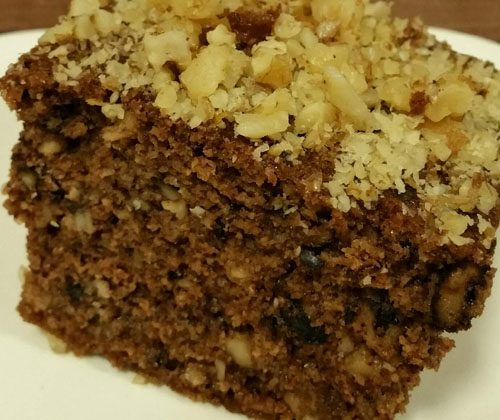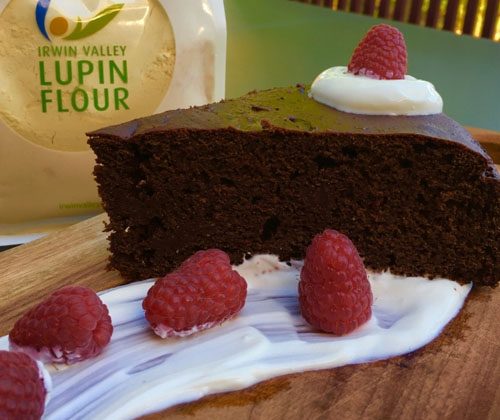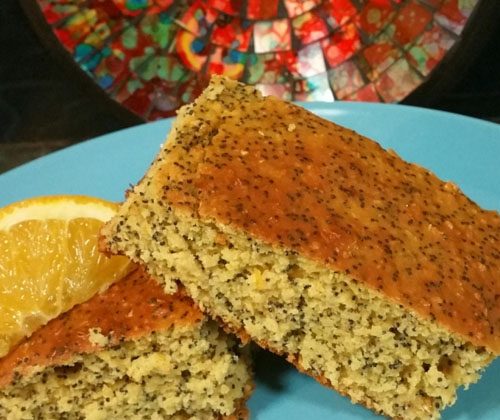If you love to bake but are concerned about the carbs, fat and sugar...
Sweet Lupin flour to the rescue! Sweet lupin flour is made from a special cultivar of lupin grown in Western Australia which is very low in bitter alkaloids resulting in a flour that is “sweet” (i.e not because is has sugar but because it has negligible alkaloids). Other lupin cultivars, mainly from overseas, can taste quite bitter.
Sweet Lupin flour is gluten free (it is actually a legume), is very low in carbs (11%) and fat (6%) and high in plant protein (39%) and fibre (31%) and has a very low GI. In contrast most gluten free flours containing rice/potato/tapioca flour are very high in refined/starchy carbs (80%) and very low in protein (5%) and fibre (1%) and very high GI. That is why many gluten free products are not satisfying and can increase the risk of weight gain and elevating blood sugars. Even wholemeal flour is not as nutritious as lupin flour with only 11% protein, 11% fibre and a high carb content (64%) (for more info on how lupin compares to other grains click here).
The power of Lupin explained
Sweet lupins are also very low in anti-nutritional factors (like lectins, saponins, phytates, trypsin inhibitors). This means all the nutrients and protein are well absorbed from sweet lupin, so sweet lupin flour can be eaten uncooked if desired e.g in smoothies. This is not the case with other legumes (e.g soy), which are high in anti-nutritional factors, even after cooking.
By replacing up to half the baking flour with sweet lupin flour, you will transform your recipes for cakes/biscuits/scones/pancakes etc into much healthier products. The starchy high GI carbs will drop by 50% and fibre will increase by at least 200% and plant protein by 100%! That is why Dr Kouris used lupin flour in the gluten free skinnybik cookies. She knows what she is doing!
Other uses of lupin flour to help improve the nutritional profile of your meals: Because lupin flour does not need cooking it can be used as a “stir in” additive to soups, casseroles, scrambled eggs and even sprinkled on breakfast cereals, muesli and porridge or added to your smoothies. It is perfect for flat breads/chapatis and pancakes (around 50% wheat flour can be replaced with lupin flour). It is also really nice when used to coat fish, chicken or patties.
What about lupin flakes? Lupin flakes have a grainy texture so also work well in products that have a grainy texture like carrot cake, fruit cake and slices but it costs twice as much as the flour for a similar result. Lupin flour is great in baked goods (cakes, biscuits, scones, pancakes) and lupin flakes are ideal in dips, felafel/patties or as a crumb for meat/fish.
If you also want to reduce the sugar content of your baked goods the only way to do it is to use natural (nil sugar) (stevia, eryhtritol, thaumatin, monk fruit) or artificial sweeteners (splenda) (a recent authoritative report from France have found these to be perfectly safe). I often use Natvia in my recipes which is a combination of stevia and erythritol. Rice malt syrup (or other syrups), agave, coconut sugar and palm sugar etc are not ideal as they are still high in sugar. Don’t kid yourself – sugar is sugar no matter where it comes from! Fruit is the exception because here the sugar is found with fibre and antioxidants/vitamins which makes all the difference!
The fibre slows down the absorption of sugar from fruit so negating any adverse effects of the sugar. This is also true for dried fruit or fruit juice with pulp, but you need to watch portions due to these being so concentrated.
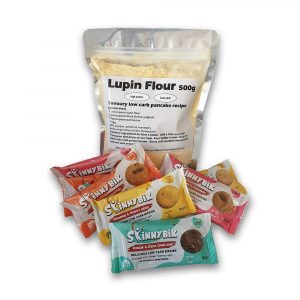
Purchase Lupin Flour
Where do you buy lupin flour? It is hard to find. Very few health food shops stock it…

Our hunger busting healthy gluten free Lupin cookies have a great scone texture.
Lupin enriched bread and cookies are an easy way to eat more legumes and preliminary studies have shown they can help reduce hunger, blood sugars, cholesterol & blood pressure. Read more
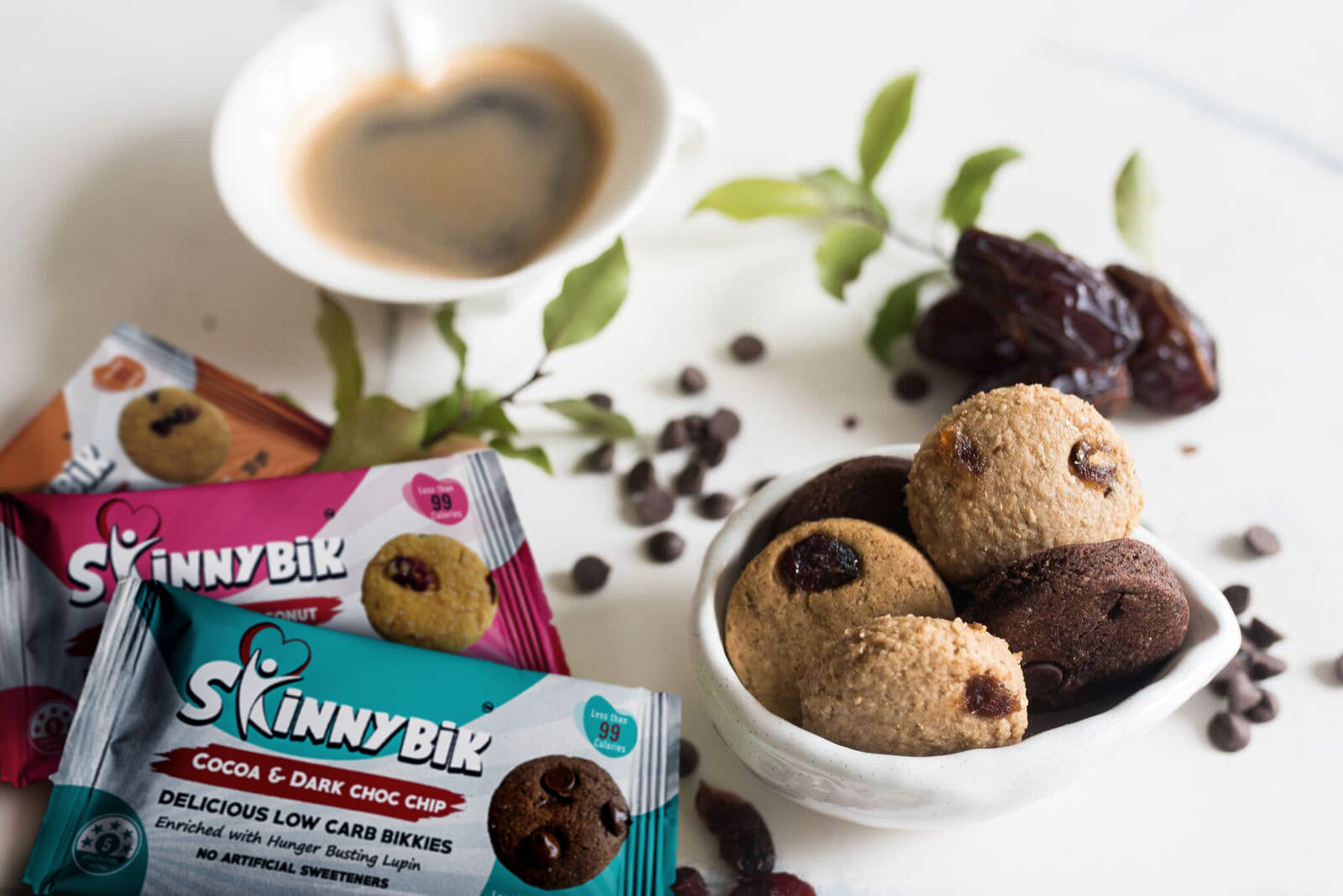

Is a proud supplier of better tasting lupin flour for skinnybik.
Recipes
Healthier baking with Gluten free Lupin Flour


